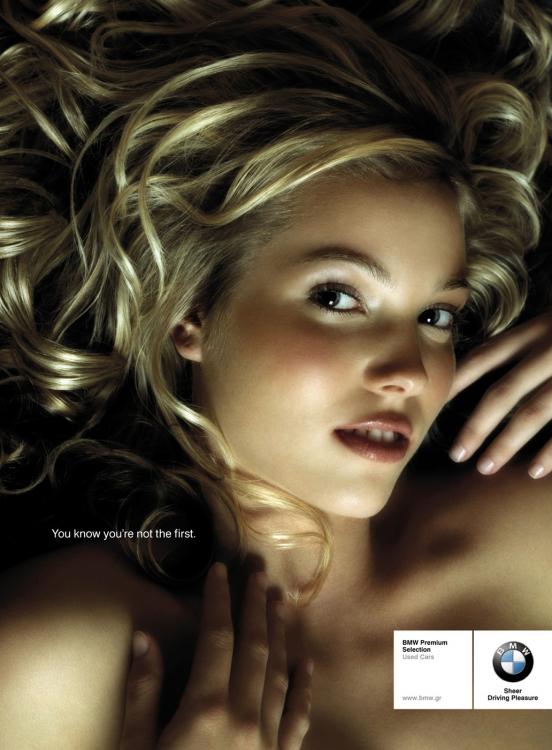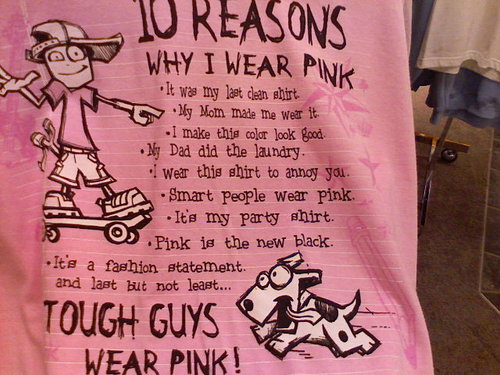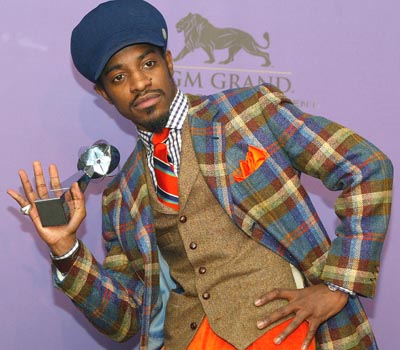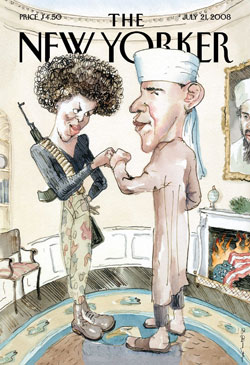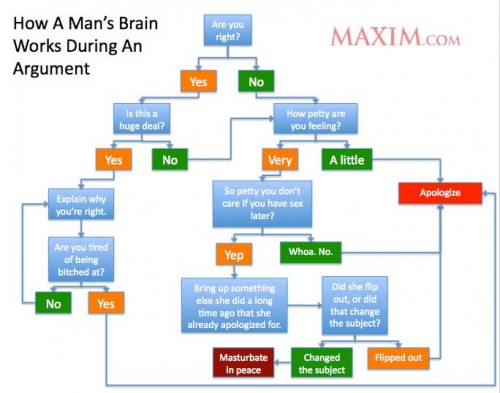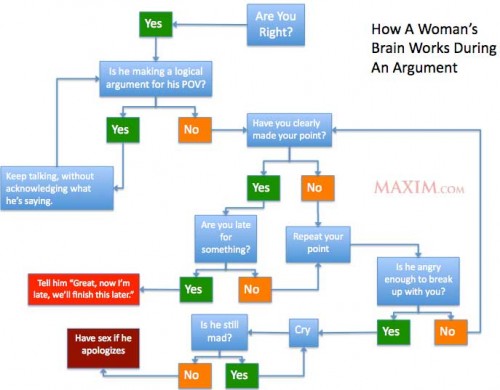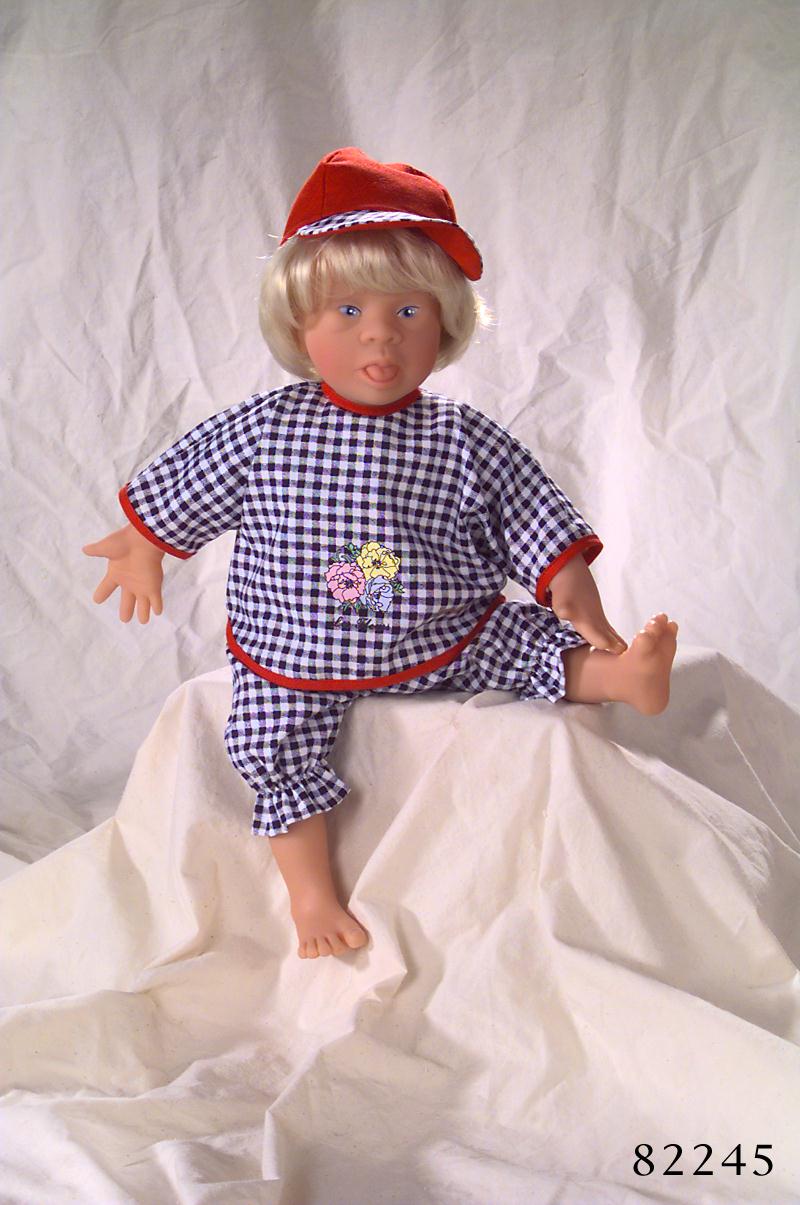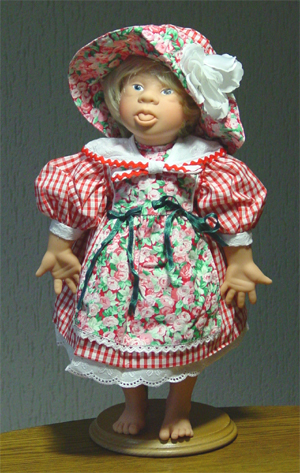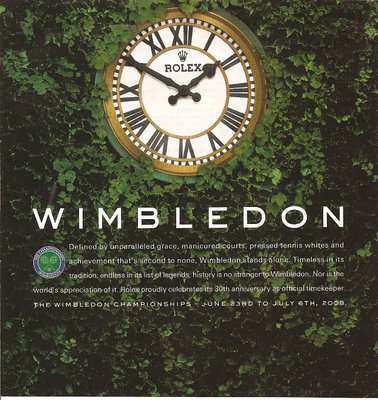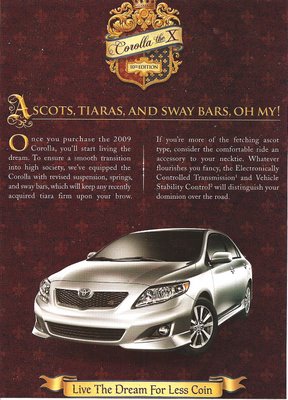Bob K. sent in this image of Liquid Virgin Tightening Lubricant (found here):
According to the website,
This product is called a Vaginal Contracting Lubricant. It is Similar to the age-old China Shrink cream. These drops work to temporarily tighten the walls of the vagina. I have never tried it but our sales representative says they work. I didn’t ask how she knew.
This could be used in a discussion of how women’s bodies are perceived, and particularly stereotypes of sexually active women’s bodies. After all, the word “loose” implies that a woman is slutty and therefore her vagina is all, you know, stretched out and stuff. Because that’s totally how that works.
The implication is that sex with such women will be less pleasurable for men than sex with women who have had less sex…such as virgins. You might also want to talk about vaginal rejuvenation surgery as part of this topic.
Since we’re on the topic of images of sexually experienced women, Jenelle and Marcello both sent in this ad for BMW used cars (found here):
“You know you’re not the first.”
Here’s an example of another ad (found here) from the Polish used BMW campaign that doesn’t use a woman to sell cars. So apparently it can be done.
Thanks, Bob, Marcello, and Jenelle!


